Page 5 of 5
Posted: Dec 14, 2008 10:52 PM
by paul burke
Alright, looks like were on a roll again.
Yes there are trade offs, but the possibilities of better cylinder fill from top to bottom using a short rod (and exceptional head) will result in higher dynamic running pressures. If one could measure peak pressures and pressure dissipation relative to crank angle, even with the higher piston speeds I believe it would result in higher pressures at the point of highest mechanical advantage (lots of words beginning with high in there o'boy).Of course this is all relative. Remember there is a time constraint to deal with when using a common plenum .
Paul
Posted: Dec 15, 2008 9:02 PM
by patrick
Canuck YYC wrote:Now I know it's author. Cheers.
Oohhh, no. Sorry, poor choice of wording on my part. I didn't write the one you found. I just happened to write one that was very similar.
Posted: Dec 15, 2008 9:59 PM
by Canuck YYC
Common plenum...and this is why you (we/they/us) can't talk about shortblocks as a separate entity beyond prep and blueprint stuff. Things rapidly become combination or application specific. How do the effects of a short rod impact the plenum function? Or, how does the plenum restrict the effects of a short rod optimized combination?
I do believe Kistler makes just the sparkplug/cylinder pressure probe for such a thing (6115A series). I don't have the necessary processing gear sadly but I've been looking at and desiring just such an addition to my tools.
Posted: Feb 15, 2009 8:30 AM
by Good & Tight
Lot's of great info in this thread.
I'm building a M30 short block for FI with 144mm rods with the M90 or B35 block B35 head. One of my concerns was what crank to use, 86 or 84mm and is 2mm that great of a difference to affect torque. I want to turn this engine 7000+ rpm with around 25psi or higher.
And what wall thickness would be safe?
Posted: Feb 15, 2009 3:27 PM
by paul burke
Otis, you are one of those guys that goes after things and I'm glad to see there are a few true "Hot Rodders" that view this site.
If your stuck on using the 144mm rods, go with the 86mm stroke. The longer rod will slow (soften signal) pumping efficiency in the lower RPM ranges as it slows piston speed (acceleration) from TDC. The 86mm stroke combined with 144mm rod will easily make power past 7000 rpm using the B35 head. I have a sweet cam for that combination if your interested.
If your B35 block is early production I would use It. If it is a later production (after 1988) it is a lite weight version. The early casting resembles the B34. You can see the difference by looking at the lower portion of the outside of the block. Like comparing a 2002 block to a 318 block.
Keep the bores relatively small as it won't make much difference in HP but will increase structural integrity.
Paul
Posted: Feb 15, 2009 4:08 PM
by paul burke
ElGuappo wrote:How did this fall so far?
How is this not a sticky?
One of the most informative threads I have ever read here....
Lets see, out of the seven current "Sticky" topics in this section, this non sticky topic has the fourth most views and the most participation (posts). Kind of makes you wonder. I wouldn't want it to go beyond being a sticky anyway, for obvious reasons.
Paul
Posted: Feb 15, 2009 8:42 PM
by Good & Tight
paul burke wrote:Otis, you are one of those guys that goes after things and I'm glad to see there are a few true "Hot Rodders" that view this site.
If your stuck on using the 144mm rods, go with the 86mm stroke. The longer rod will slow (soften signal) pumping efficiency in the lower RPM ranges as it slows piston speed (acceleration) from TDC. The 86mm stroke combined with 144mm rod will easily make power past 7000 rpm using the B35 head. I have a sweet cam for that combination if your interested.
If your B35 block is early production I would use It. If it is a later production (after 1988) it is a lite weight version. The early casting resembles the B34. You can see the difference by looking at the lower portion of the outside of the block. Like comparing a 2002 block to a 318 block.
Keep the bores relatively small as it won't make much difference in HP but will increase structural integrity.
Paul
Paul
The M90 block is at the machine shop getting sonic checked this week and if all is good I will then order a set of pistons for it. Kinda sucks though I have a brand new set of wiseco pistons that are to small to use in the M90.
My original intent was to use the 80mm crank to achieve 8000+ rpm but was told the crank flexes too much due to the harmonics.
The rods are from PPM and are good for 200hp per rod so I will deff be using them.
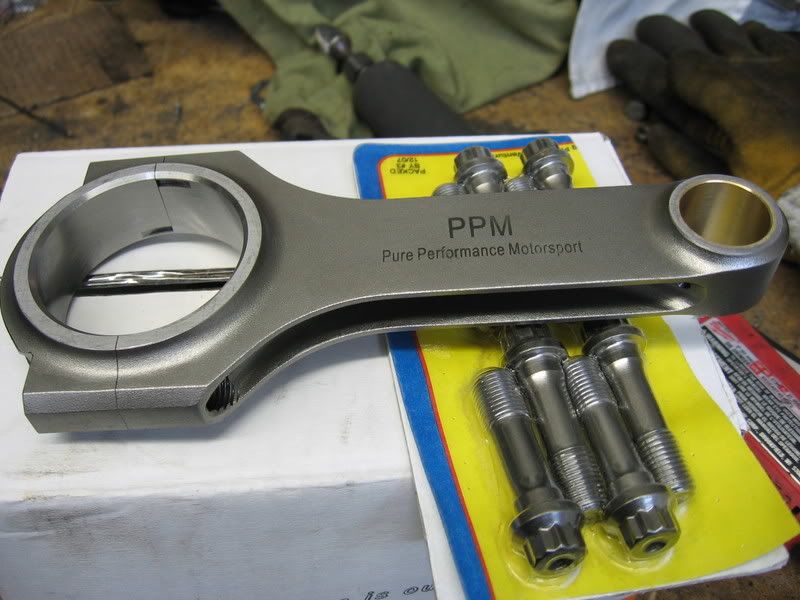
I will contact you about the cam when I reach that point. I am in search of 800hp or close to it with this build.
Been Hot Rodding since I was a teen with Chevy small blocks and it's something I will never grow out of for sure.
Otis
Posted: Feb 17, 2009 7:56 PM
by ElGuappo
Paul,
There are plenty of us who are loving this topic, but who have not enough constructive info to add, and thats why this thread stalls.
There are many of us who read this and go 'Oh sweet' but are rather intimidated by the depth of knowledge posessed by the main topic 'discussers'.
I know I will be printing and reading this when I am building my hi comp engine this summer, thats for sure.
Posted: Jun 27, 2010 5:08 PM
by Brian D
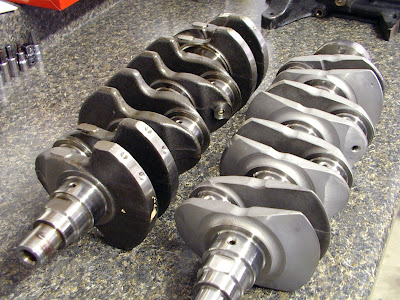
We have some cylinder head conversation going, thought I would bring this back up also.
This is a Miata crank that was lightened and knife edged, for a pretty serious engine build. 8 pounds were removed from this crank.
I wonder if this is something that's even remotely cost effective for a typical high performance engine buildup? I don't know the cost to do this type of work. I have a B35 crank with the undercut counterweights, and plan on using stock rods and a set of Paul's pistons. I've also been thinking about using a JB racing flywheel, or the M5 wheel. Seems silly to build an engine and not at least look at all the possibilities.
Anyones thoughts?
Posted: Jun 27, 2010 6:25 PM
by Jeremy
AFAIK, if you're using lighter than stock pistons and rods, the counterweights on the crank should be lightened appropriately to match.
As for the "why isn't this a sticky" bull-honkey, the answer to that is simple. Nobody asked. And no, asking in the thread does NOT count. Beamters don't actually have the time to read every post in every thread. Besides, stickies get read less than the threads in the discussion area. I kinda think this thread works well where it is, but if there's a call for stickiness I've been known to change my mind about things.
Jeremy
Posted: Jun 27, 2010 10:39 PM
by paul burke
Jeremy wrote:
As for the "why isn't this a sticky" bull-honkey, the answer to that is simple. Nobody asked. And no, asking in the thread does NOT count. Beamters don't actually have the time to read every post in every thread. Besides, stickies get read less than the threads in the discussion area. I kinda think this thread works well where it is, but if there's a call for stickiness I've been known to change my mind about things.
Jeremy
Jeremy, that post is over a year old !! I even forgot about it.
I was probably getting pissed becasuse the thread was getting lost in obscurity.
Paul
Posted: Jun 27, 2010 10:49 PM
by paul burke
Brian, counter weights can be cut on stock cranks (pre '86 works best). Many four cylinder cranks have no opposing counter weights at all, this is because a 180 degree engine uses the opposing assembly (rod,piston etc.) as the counter balance.
Whack away just as long as the crank will neutral balance you will be fine regardless of the piston/rod weights. This applys to 120 degree engines also.
Paul
Posted: Jun 27, 2010 11:33 PM
by paul burke
.............
Posted: Jun 27, 2010 11:45 PM
by Brian D
paul burke wrote:Whack away just as long as the crank will neutral balance you will be fine regardless of the piston/rod weights. This applys to 120 degree engines also.
Paul
Thanks Paul, now I just have to find someone that can do it locally, if possible. I PM'd you about a couple other things, if you get the time. --Edit, got your PM-thanks!--
Posted: Feb 06, 2012 8:31 PM
by Joshua Parsons
I'm posting in this topic, continuing its content as I am about to rebuild my M30B34 race engine and while google searching for 6 months, this is the most informative thread I've come across.
I’ve got an E3 two door alpina hill climb special. I bought it complete as per photos noting that it was advertised with an M5 block and Alpina head. Twas not but it was a blind interstate auction and this does not worry me.
Car runs an M30B34 from a 1985 735CSi. Claimed to run 300hp but dubious given all other claims. Had a full interior including aircon, carpets and a large box where the rear seats should be. Currently.
• Engine is out, see picks.
• Engine runs twin solex 2.5’s. Will replace these with triple weber 45 DCOE’s.
• Runs tuned extractors.
• 4 speed getrag.
• Engine disassembled and I have bought a scale running 3000g to 0.001g to balance the pistons. Pistons are forged and will weigh to see where we are at.
• Score marks on walls of two pistons.
• Will take block away for machining.
• Will check compression and look at maximum I can get by taking a little of head.
So the next three weeks.
1. Buying F1 Stage 3 Clutch Kit (
http://www.ebay.com.au/itm/130623161639 ... 1438.l2649).
2. Send Clutch, crank and harmonic balancer away for balancing.
3. Weight balance existing forged pistons, conrods and ancillaries. Get them all to within plus or minus 0.1g.
4. Strip out sound proofing from car.
5. Get interior of car ready for a coat of paint.
Is there anything else I should be looking at at this stage? I want to re-use as much as possible and get this car on the track. Happy to dyno the results to see where we are at. Will look at a rebuild of an M30B35 (sitting behind this car in my garage) into a 3.7 litre race engine next. Will keep my B34 head as is. Sounds like a hot cam but will look at head work on a B35 only. My B34 head is fully ported and the ports are still smaller than my B35 gaskets. Makes you wonder why people bothered porting a B34.
A lot of your posts are over my head. I am however rebuilding the engine with my business partner who does build race engines so whatever you’ve got, if I don’t get it he will.
Again congratulations on such an informative thread to date.
Josh

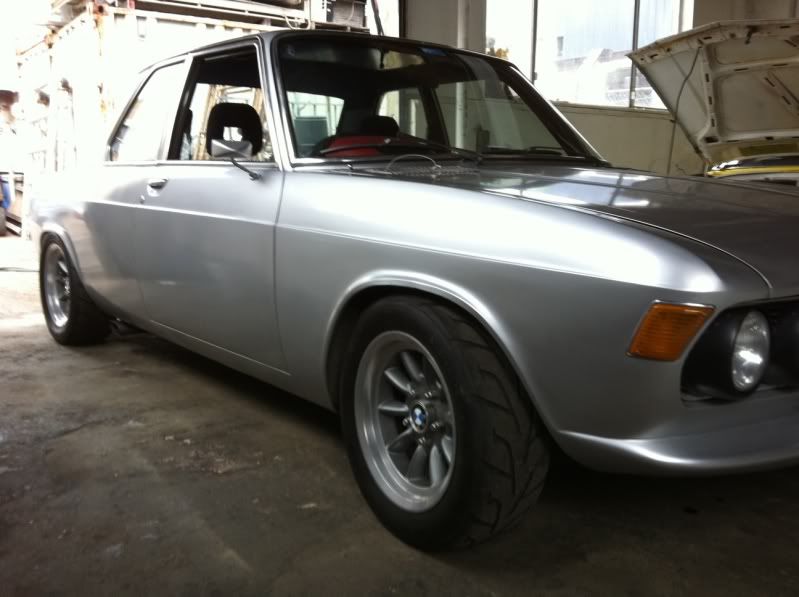
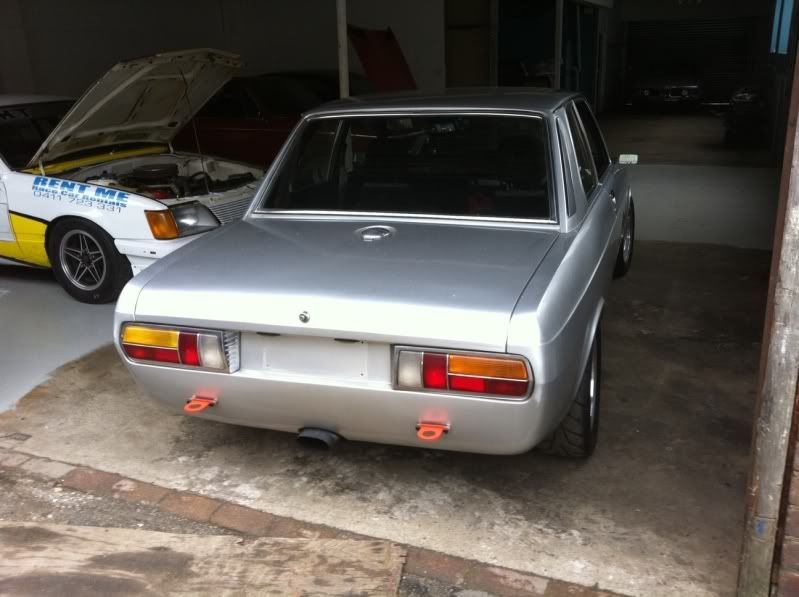
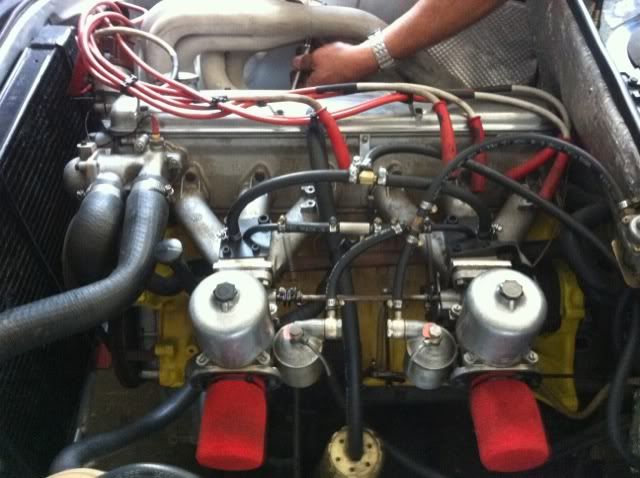
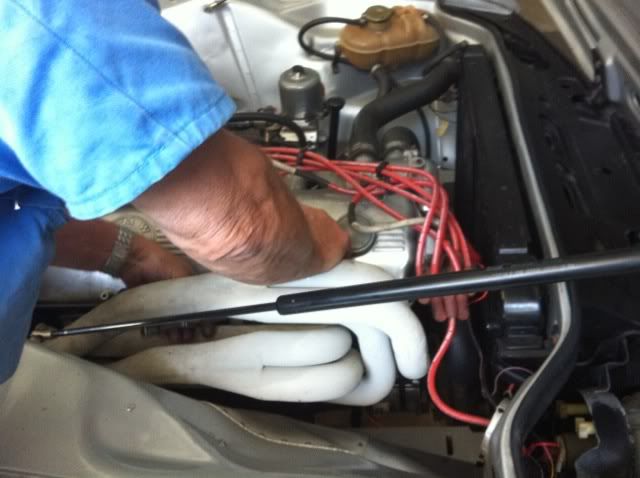
Posted: Feb 07, 2012 1:32 AM
by tacomagabe
I would 2nd that sticky request. Camshaft FAQ as well.
Posted: Feb 07, 2012 6:57 AM
by Nanajoth
This is an old topic certainly worth digging back up, very interesting.
Posted: Feb 07, 2012 9:34 AM
by slammin_e28
Awe lord! My work day will be spent reading this thread, and understanding it.
I <3 engine theory.
Posted: May 22, 2012 7:09 AM
by mremingtonwilson
Paul, Ken, etc.:
I'm pretty interested in the Rod length/ratio topic earlier mentioned.
Specifically, I had been told by a seemingly reputable person in the top-fuel and Sprint crowd that rod ratios determine where tuning money is best spent, either exhaust side (with stepped primaries, etc.) or intake side. He mentioned an example of this (I'm bound to mix facts up, as I pay NO attention to NASCAR, so please assume that I'M INCORRECT IN THE FACTS, NOT HIM) was one year when the rules committee restricted carburetor sizes in order to limit speeds, but the following year (under the new rules) the cars actually ran faster because they all went stepped headers. Therefore, as he argued, they changed the rod ratios to make exhaust side tuning improvements instead of relying on intake tuning. QED for his argument.
The logic of the argument itself doesn't seem sound (he's arguing causality through inference, not acceptable in debate class) , but that's just my very useful philosophy degree speaking. I really have no clue if his message is factual, which is what I'm really asking. Specifically,:
1) Is what he is saying true?
2) What are the pro's and con's of playing with the ratio? What applications call for a higher/lower ratio?
3) How can we as enthusiasts apply the lesson when selecting where to put our tuning dollars?
Re: 535 shortblock tech.
Posted: Dec 07, 2014 8:49 PM
by TheGraye28
I just want to resurrect this thread to say that it is the most interesting thing I've read in a long while. From start to finish, there is a lot of info that will trickle into future projects. I also think it should continue, but have not enough knowledge to contribute.

Re: 535 shortblock tech.
Posted: Dec 07, 2014 10:00 PM
by 12valves
Ah, I think I saw this thread years ago... but had to read again just in case.
Specifically, I had been told by a seemingly reputable person in the top-fuel and Sprint crowd that rod ratios determine where tuning money is best spent, either exhaust side (with stepped primaries, etc.) or intake side.
Doing the math with different rod lengths reveals that, in an engine with a shorter rod, the piston accelerates more quickly during the top half of the stroke. Compare two engines with the same stroke and same piston position at TDC. In the one with a shorter rod, the piston position is always slightly lower except at TDC and BDC. Example (pretending that TDC is 0 and ignoring pin offset):
piston position with 81mm stroke and 130mm rods ------- or 135mm rods:
TDC: 0mm ------- 0mm
30 deg ATDC: -7.02mm ------- -6.96mm
90 deg ATDC: -46.97mm ------- -46.62mm
150 deg ATDC: -77.16mm ------- -77.10mm
BDC: -81mm ------- -81mm
So the effect of a shorter rod on the intake cycle would seem to be that it creates a stronger vacuum earlier and any reversion created ABDC would be less strong. That by itself sounds like a good thing. But it's the opposite for pushing out exhaust gasses, where it would not displace the gasses as quickly. It sounds reasonable that changing the rod ratio could make a trade between intake vs exhaust efficiency. But I wonder if tweaking the cam timing couldn't accomplish the same thing.






